A Complete Beginner’s Guide To Bitcoin
2 July 2021
When you dig into the details of Bitcoin, it’s almost an unbelievable tale about how to create money. Although it seems like fiction, it’s actually the best-known version of digital currency in use today. To help you wrap your head around what it is, what it does and how to earn Bitcoins, I pulled together this complete beginner’s guide to Bitcoin.
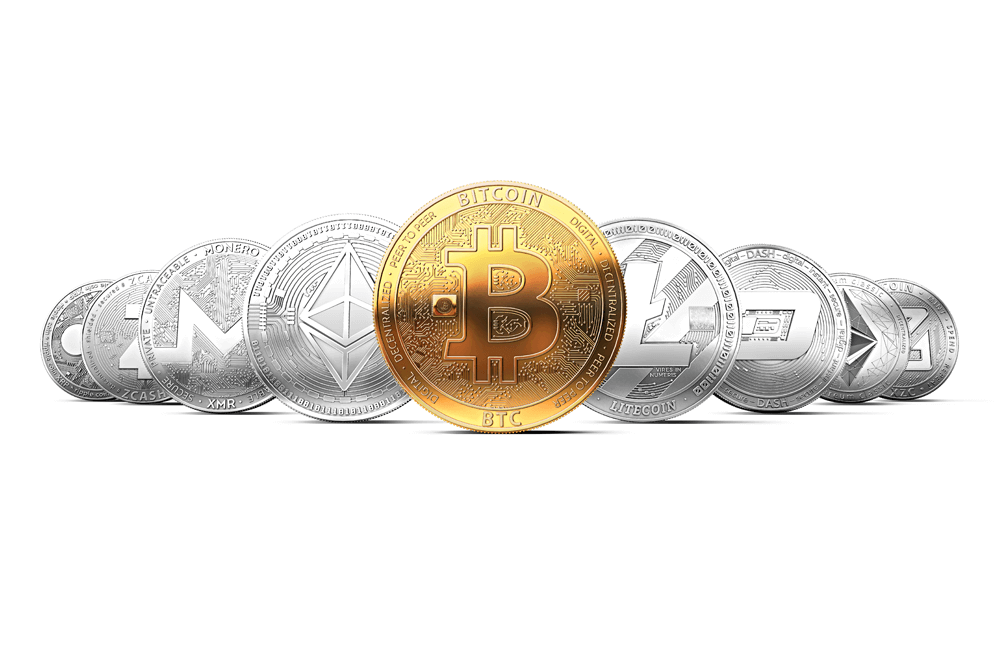
Before we go any further I just want to reiterate that investing in cryptocoins or tokens is highly speculative and the market is largely unregulated. Anyone considering it should be prepared to lose their entire investment.
A bit of bitcoin history
Bitcoin was the first established cryptocurrency—a digital asset that is secured with cryptography and can be exchanged like currency. Other versions of cryptocurrency had been launched but never fully developed when Bitcoin became available to the public in 2009. The anonymous Satoshi Nakamoto—possibly an individual or a group whose real identity is still unknown—is behind the development of Bitcoin who stated the goal of the technology was to create “a new electronic cash system” that was “completely decentralized with no server or central authority.” In 2010, someone decided to sell their Bitcoins for the first time to purchase two pizzas for 10,000 Bitcoins. I hope the pizza was good, because if that person would have held onto those Bitcoins, they would be worth more than $100 million today. In 2011, Nakamoto shared the source code and domains with the Bitcoin community and hasn’t been heard from again.
What is Bitcoin, really?
Bitcoin is a digital currency, so there are no coins to mint or bills to print. There is not a government, financial institution or any other authority that controls it, so it’s decentralized. The owners who have Bitcoins in the system are anonymous—there are no account numbers, names, social security numbers or any other identifying features that connect Bitcoins to its owners. Bitcoin uses blockchain technology and encryption keys to connect buyers and sellers. And, just like diamonds or gold, a Bitcoin gets “mined.”
How do you “mine” Bitcoins?
People—or more accurately extremely powerful, energy-intense computers—“mine” Bitcoins to make more of them. There are currently about 16 million Bitcoins in existence, and that leaves only 5 more million available to mine because Bitcoins developers capped the quantity to 21 million. Ultimately, each Bitcoin can be divided into smaller parts with the smallest fraction being one hundred millionth of a Bitcoin called a “Satoshi,” after the founder Nakamoto. The mining process involves computers solving an extremely challenging mathematical problem that progressively gets harder over time. Every time a problem is solved, one block of the Bitcoin is processed and the miner gets a new Bitcoin. A user establishes a Bitcoin address to receive the Bitcoins they mine; sort of like a virtual mailbox with a string of 27-34 numbers and letters. Unlike a mailbox, the user’s identity isn’t attached to it.
How are Bitcoins used?
In addition to mining Bitcoins, there are other ways to earn Bitcoins. First, you can accept Bitcoins as a means of payment for goods or services. Setting up your Bitcoin wallet is a simple as setting up a PayPal account and it’s the way you store, keep track of and spend your digital money. They are free and available through a provider such as Coinbase. While this might take more time than it’s worth, there are websites that will pay you in Bitcoins for completing certain tasks. Once you’ve earned Bitcoins, there are ways to lend them out and earn interest. There are even ways to earn Bitcoins through trading and recently Bitcoin futures were launched as a legitimate asset class. In addition, you can trade your regular currency for Bitcoins at Bitcoin exchanges, the largest one being Japan-based Mt. Gox that handles 70 percent of all Bitcoin transactions. There are more than 100,000 merchantswho accept Bitcoin for payment for everything from gift cards to pizza and even Overstock.com accepts it.
What are the risks?
There’s risk as well as a great opportunity with Bitcoin. While it has been appealing to criminals due to its anonymity and lack of regulation, there are lots of benefits to all of us if you’re willing to accept some risk to jump into the Bitcoin marketplace. Since there is no governing body, it can be difficult to resolve issues if Bitcoins get stolen or lost. In 2014 Mt. Gox went offline, and 850,000 Bitcoins were never recovered. Once a transaction hits the blockchain it’s final. Since Bitcoin is relatively new, there are still a lot of unknowns and its value is very volatile and can change significantly daily.
So, the jury’s still out if Bitcoin will accomplish what its proponents predict, the replacement of government-controlled, centralized money. I fully expect 2018 to give us even more insight about the future of Bitcoin as the technology continues to grow and mature.
Related Articles
3 Ways Generative AI Is Making Our World A Better Place
Bored of the negative headlines around AI, and specifically generative AI? Then this article is for you.[...]
The Metaverse And Its Dark Side: Confronting The Reality Of Virtual Rape
The police in the UK are currently investigating a virtual rape in the metaverse involving a young girl under the age of 16 who[...]
Generative AI (Probably) Won’t Take Your Job. But It Will Change How You Work
When you read or listen to anything about generative AI and its impact on jobs, it's often a story of job losses.[...]
The Biggest Challenges And Pitfalls Of Data-Driven, AI-Enabled HR
Amid the rapid evolution of digital landscapes, data and AI have emerged as critical tools in human resource (HR) management[...]
The Unmissable Highlights From CES 2024
Much like its predecessors, the Consumer Electronics Show (CES) of 2024 has once again dazzled the world with a spectacle of innovation and technological marvels.[...]
5 Unexpected Ways Generative AI May Change Your Daily Life
No doubt you've seen dozens of headlines (or more) about generative AI and how tools like ChatGPT are going to transform our jobs..[...]
Sign up to Stay in Touch!
Bernard Marr is a world-renowned futurist, influencer and thought leader in the fields of business and technology, with a passion for using technology for the good of humanity.
He is a best-selling author of over 20 books, writes a regular column for Forbes and advises and coaches many of the world’s best-known organisations.
He has a combined following of 4 million people across his social media channels and newsletters and was ranked by LinkedIn as one of the top 5 business influencers in the world.
Bernard’s latest book is ‘Generative AI in Practice’.




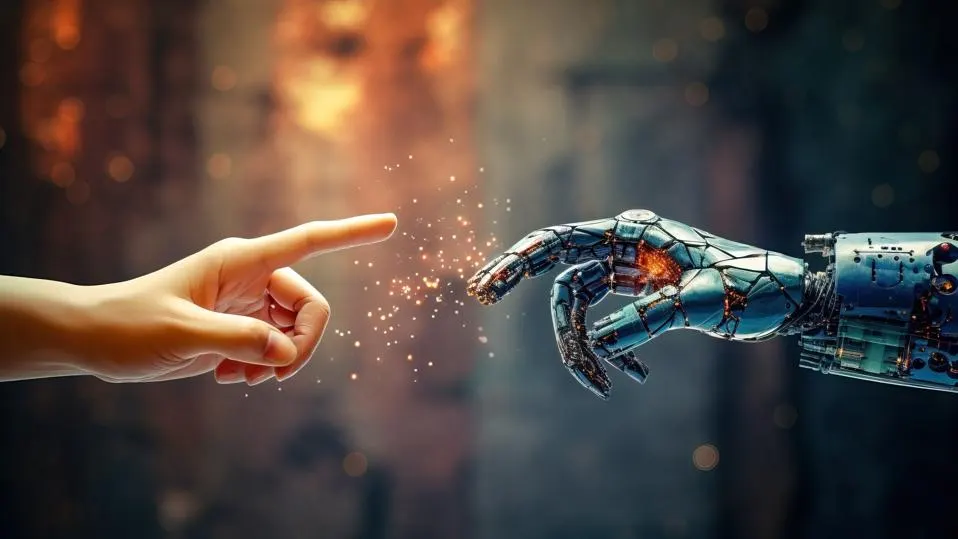
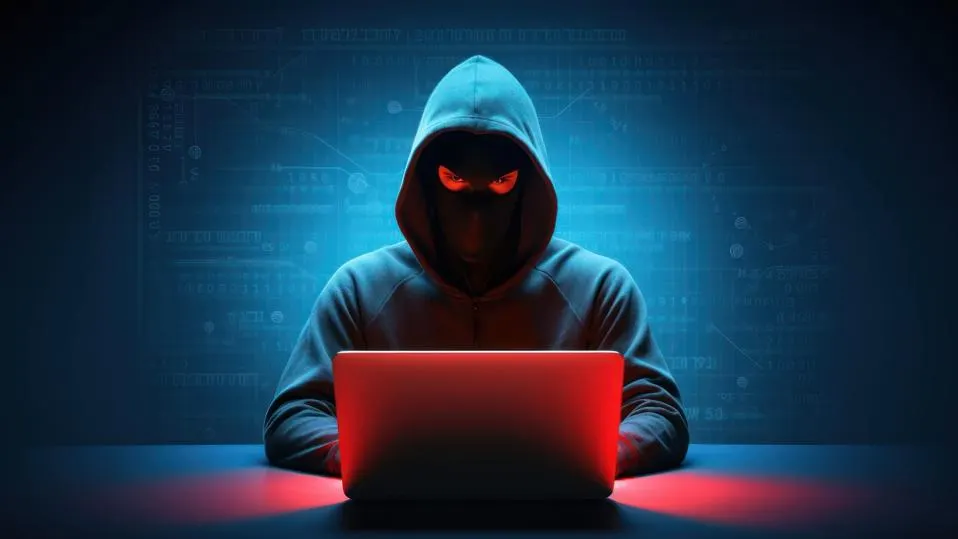
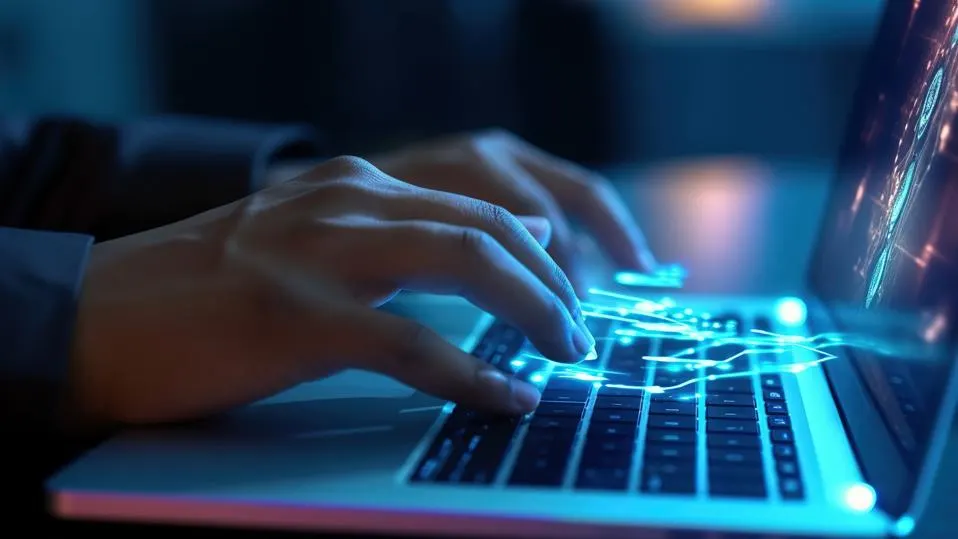

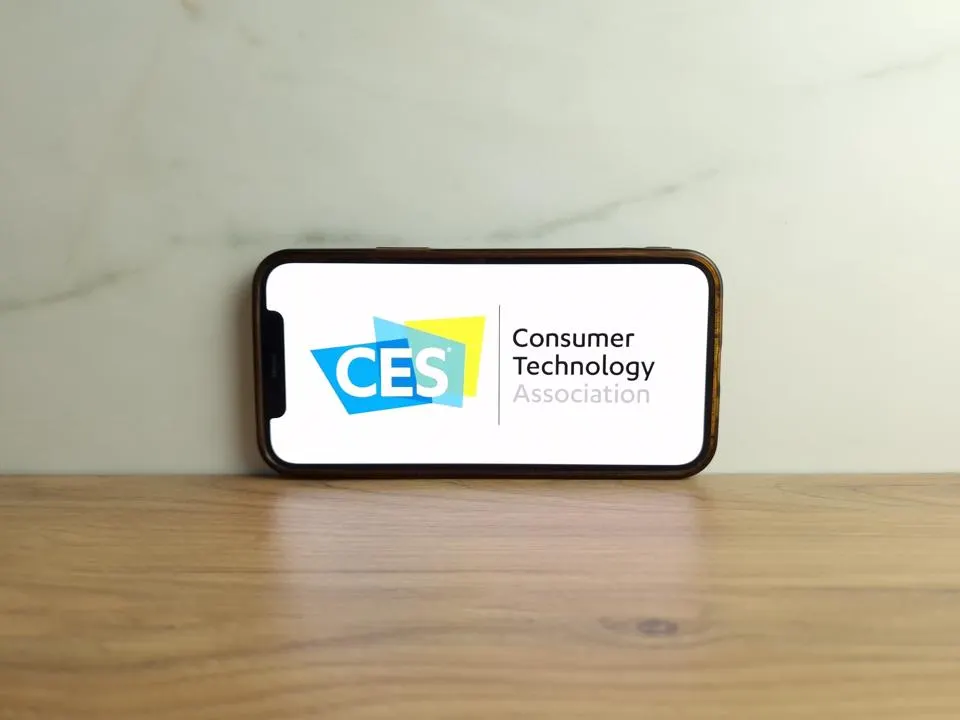

Social Media